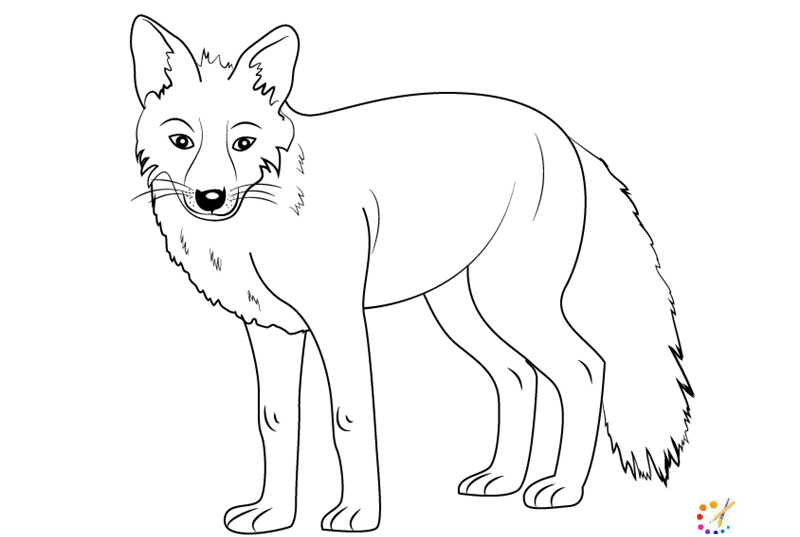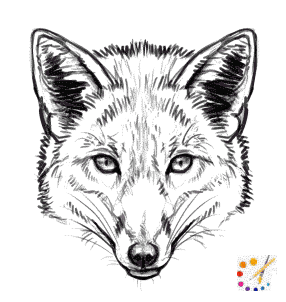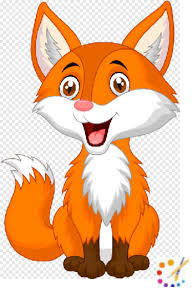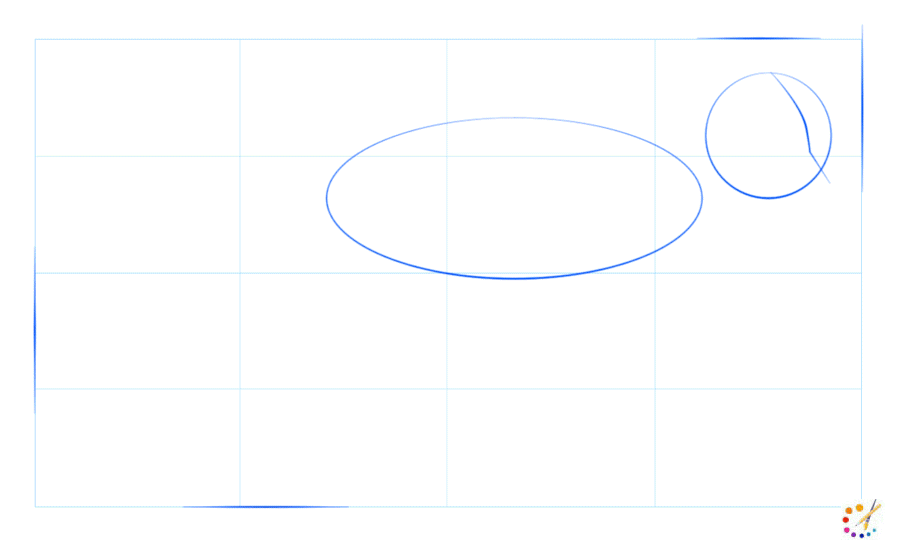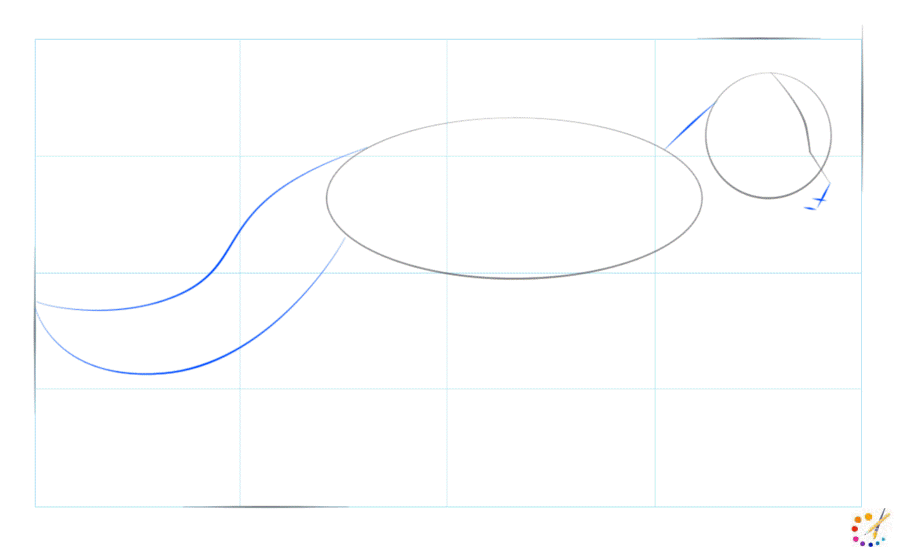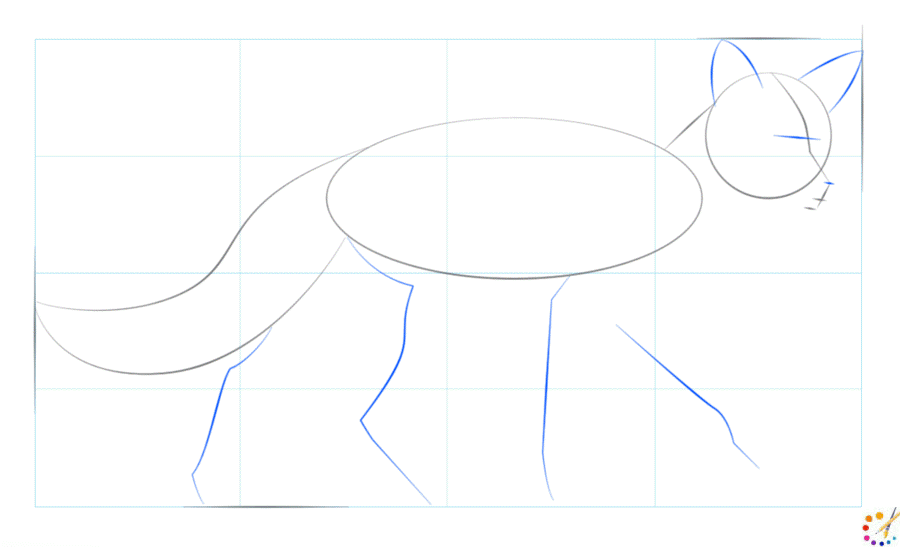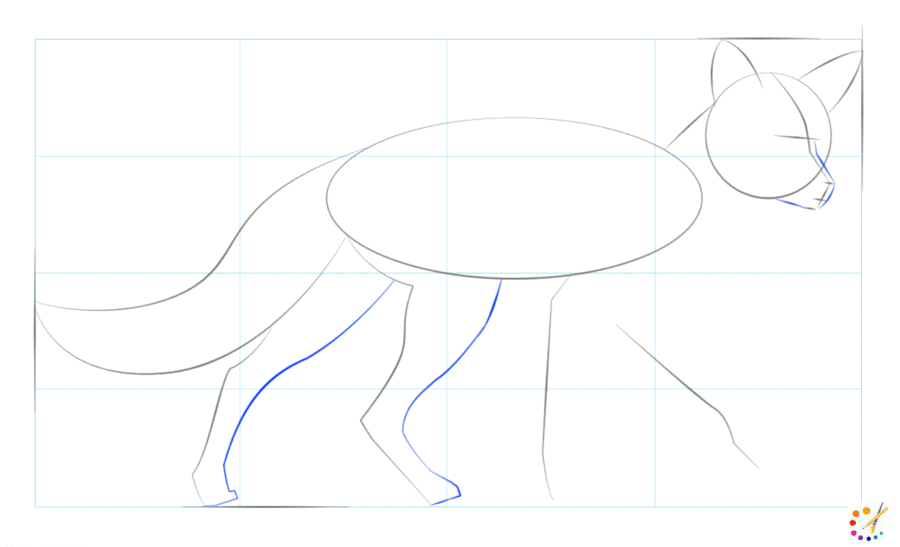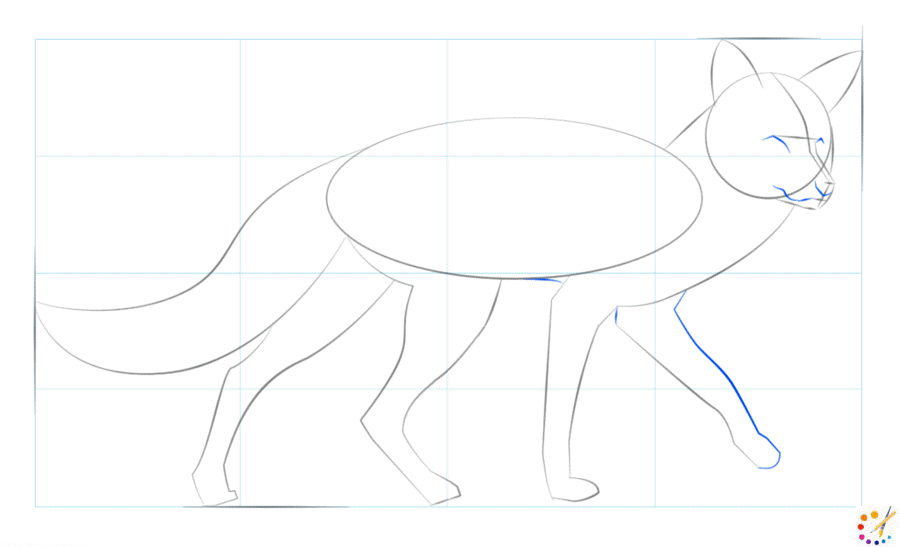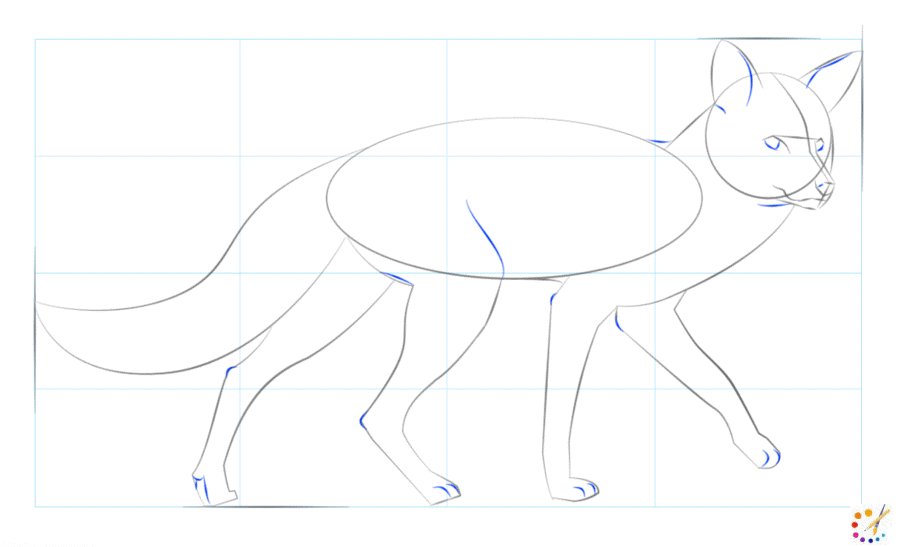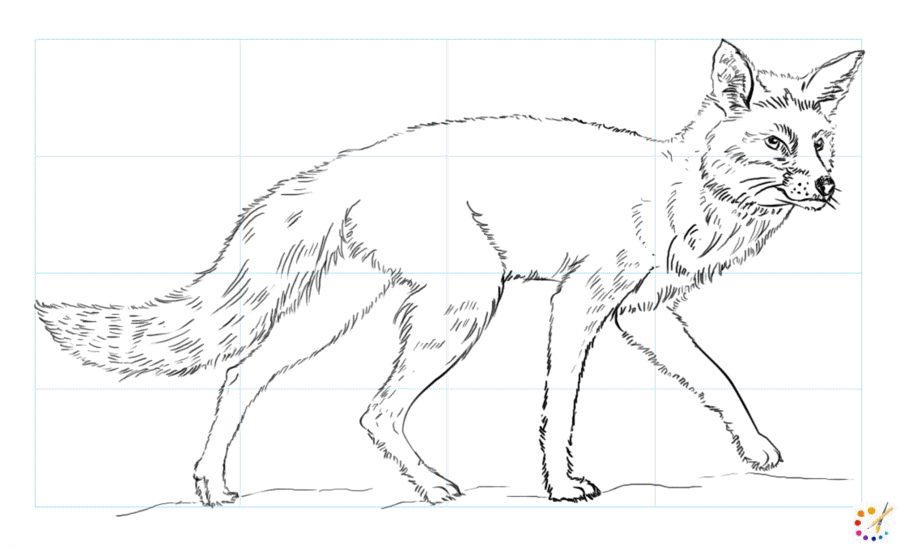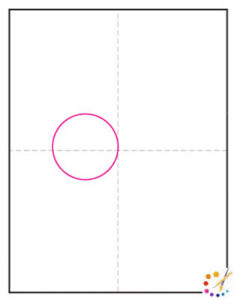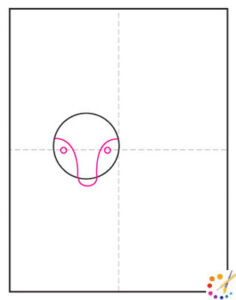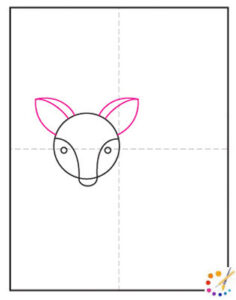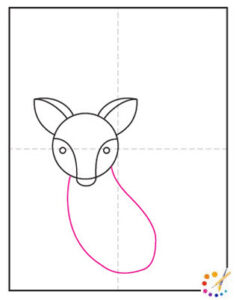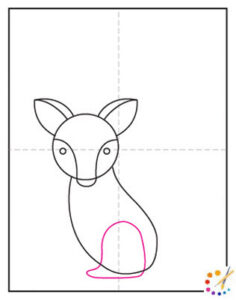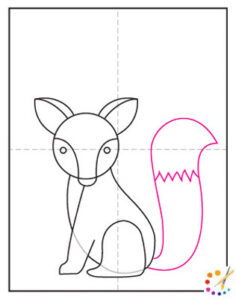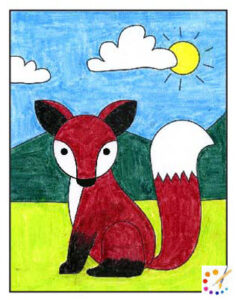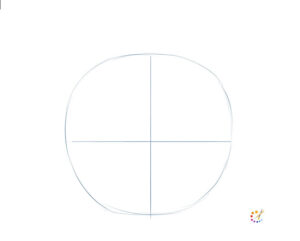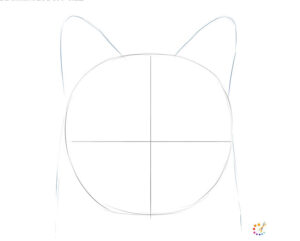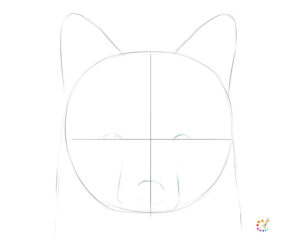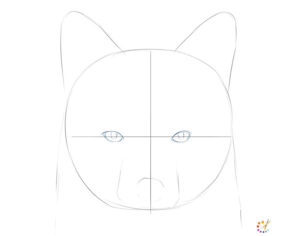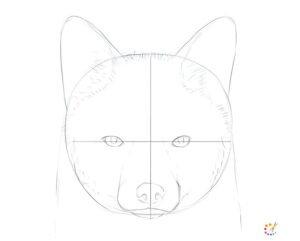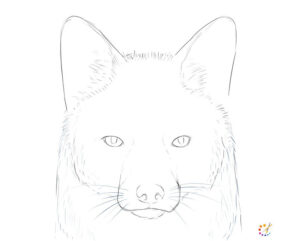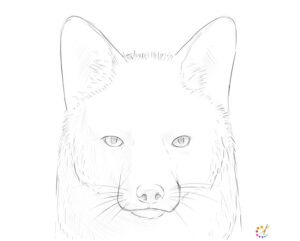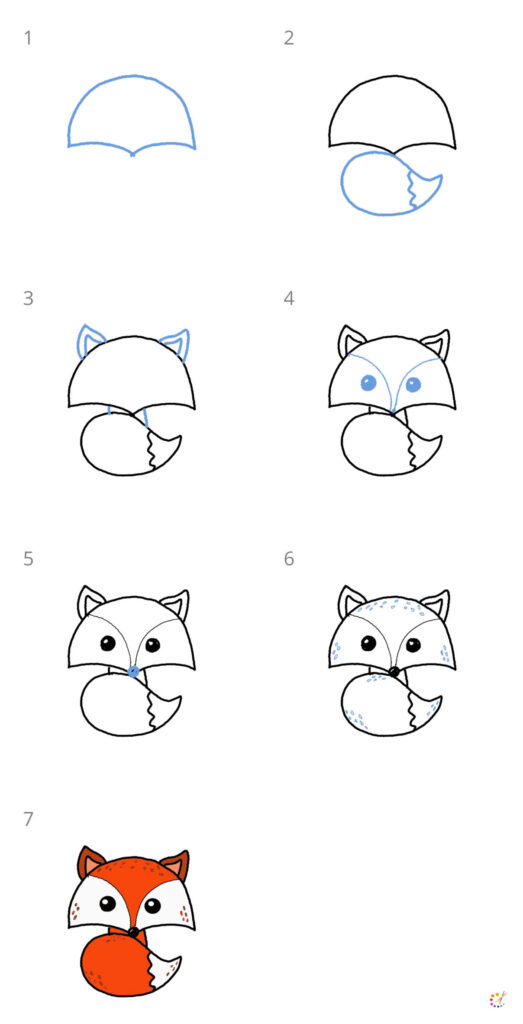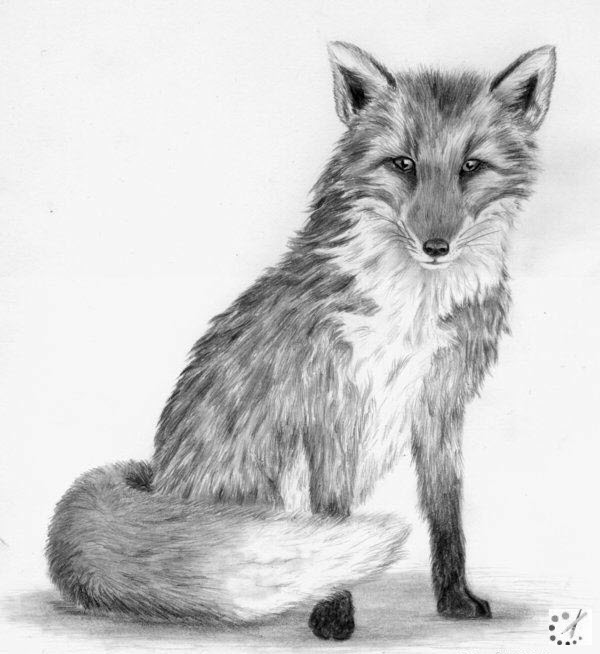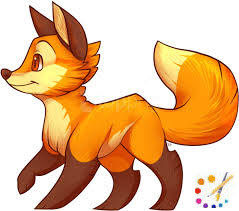Welcome to the tutorial on how to draw a Fox, step by step, for kids and beginners. Fox are wild animals with more than 40 species all over the world. They are the most cunning, wily animal, used in many phrases as a stone-cold fox, fox trap, fox sleep. They are similar to dogs as well as cats but have much more abilities than them.
Foxes can dig underground and climb trees.
Russians started domesticated silver species of red fox. Their looks, floppy ears, their color coloration, body spots are similar to a dog. We have encoded few characteristics of foxes below.
- Maybe foxes look like dogs but are similar to cats in features.
- Fox always lives in groups termed as skulk or leash.
- Foxes can navigate with help of whiskers of their face and leg.
- A male fox is termed a dog fox while a female as a vixen.
- Foxes hunt their own food, unlike wolves, thus are solitary animals.
- To hide their kits from predators they live in underground dens.
- They are nocturnal like cats, can see well at night.
- Their hearing capacity is very high.
- Foxes are very smelly because of their scent gland near the tail.
By following this step by step tutorial you can draw fox without any difficulty. Use your drawing utilities like paper, pencil, eraser, to start your drawing. Follow each step by step automatically you will render your fox.
How to draw a realistic Fox:
Step 1: For drawing fox firstly draw a circle with a mark inside it for the head and an oval for the body.
Step 2: At the back draw 2 curvy lines and form a tail by joining them at the end.
Step 3: Draw 2 pointed ears on both sides of the top of the head. Add 4 lines for the guidelines.
Step 4: From the center of the head draw a snout for fox and define the former leg with other simple lines.
Step 5: From the end of the left ear extend an extra line from beneath the snout draw a curvy line and bring it to the former legs.
Step 6: Add outline for eyes and mouth of the fox in the head, draw the second front let.
Step 7: Define the eyes and ears, shapeup the legs and the toes.
Step 8: Draw fur all over the body, follow the body line especially. for the fur, you can use the hatching technique or simple lines as in the image below.
Step 9: Erase all the extra lines and define the intense eyes, nose and other details.
How to draw a cartoon fox for kids:
Step 1: Start your drawing with head, depit it with a circle.
Step 2: Draw a U shape extending towards the outline of circle and 2 small circles both side, for the eyes.
Step 3: Draw 2 ears with upright triangular shape.
Step 4: Draw the body with long curve.
Step 5: Below the body time to draw legs, as it is sitiing.
Step 6: From the top of body draw another legs.
Step 7: From the back of the body draw a long furry brush tail.
Step 8: Give your fox a background, draw mountain, cloud, and sun.
Step 9: Color your fox with shades of brown and black, and rest drawing with your choice of colors.
How to draw face of the frox:
How to draw step by step fox:
Here’s a unique step-by-step guide to drawing a fox:
Step 1: Draw the Fox’s Head
- Begin by sketching an oval or upside-down egg shape for the fox’s head. The top part should be slightly pointed for the snout, and the bottom rounder to form the base of the head.
Step 2: Add the Ears
- On top of the head, draw two large, triangular ears. Keep them wide at the base and tapering to sharp points, angled slightly outward to give the fox a curious expression.
Step 3: Create the Snout and Nose
- From the center of the head, extend two short lines downward to form the snout. At the tip of the snout, add a small, rounded triangle for the nose.
Step 4: Draw the Eyes
- Just above the snout, sketch two almond-shaped eyes. Place them close to the center of the face to capture the fox’s alert gaze. Add small circles inside the eyes for pupils.
Step 5: Shape the Body
- Draw an oval below the head for the body. The body should be elongated, slightly thinner at the top where it connects to the neck, and wider at the bottom for a sleek, slender look.
Step 6: Add the Front Legs
- From the lower part of the body, draw two straight, narrow lines downward for the front legs. Add small oval shapes at the bottom for the paws, making the legs look proportionate to the body.
Step 7: Draw the Back Legs
- On the rear side of the body, sketch the back legs by drawing two curved lines that bend at the knees. The legs should appear thicker near the thighs and thinner toward the paws, showing the crouched pose of a fox.
Step 8: Create the Tail
- Extend a long, thick, bushy tail from the back of the body. Foxes are known for their full tails, so make sure it curves slightly and ends in a point, with a fluffy look. You can taper the end of the tail to give it a more realistic flow.
Step 9: Add Fur Details
- Draw small, jagged lines around the neck and chest area to represent the fox’s fur. Add similar lines inside the ears and along the tail to make it appear more textured and natural.
Step 10: Add Shading and Markings
- Shade around the ears, snout, and lower body to create depth. Foxes have darker tips on their ears, snout, and tail, so lightly shade these areas to represent the color contrast. You can also add a white patch on the chest area, as many foxes have lighter fur there.
Step 11: Refine and Finalize
- Clean up any extra lines or guidelines and darken the final outline of the fox. Add small touches like whiskers or extra fur texture around the face and body to give it more life.

Skilled teacher, knowledgeable in and in adapting state content standards to individual needs in
Elementary-6th grade classrooms. Utilizes instructional materials, technology, and teaching methods to
engage students in effective learning opportunities in individual, small group, and whole-group settings to
maximize instructional time. Differentiates instruction for ELLs while exposing them to rigorous content,
with a focus on literacy skills in all subject areas. Establishes and maintains appropriate standards of
behavior in an inclusive and respectful environment for students from all socio-economic and cultural
backgrounds. Develops lesson plans using Backwards Planning Method to align content standards and
assessments with effective learning activities. Communicates and collaborates effectively with staff and
parents, and creates a safe and positive learning environment for students. Has taught in both in-person
and virtual environments. Professional Communicator with 20+ years of experience.

